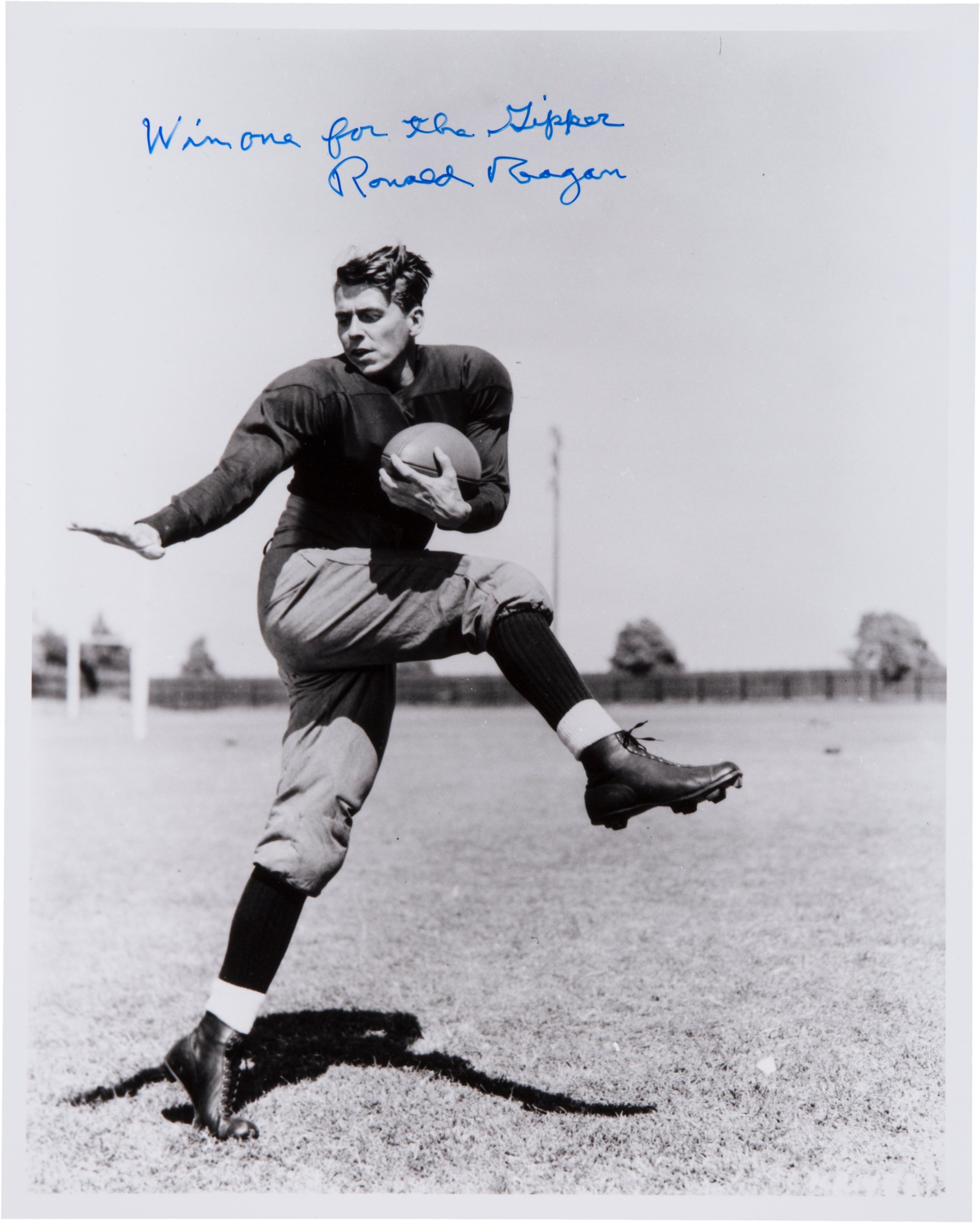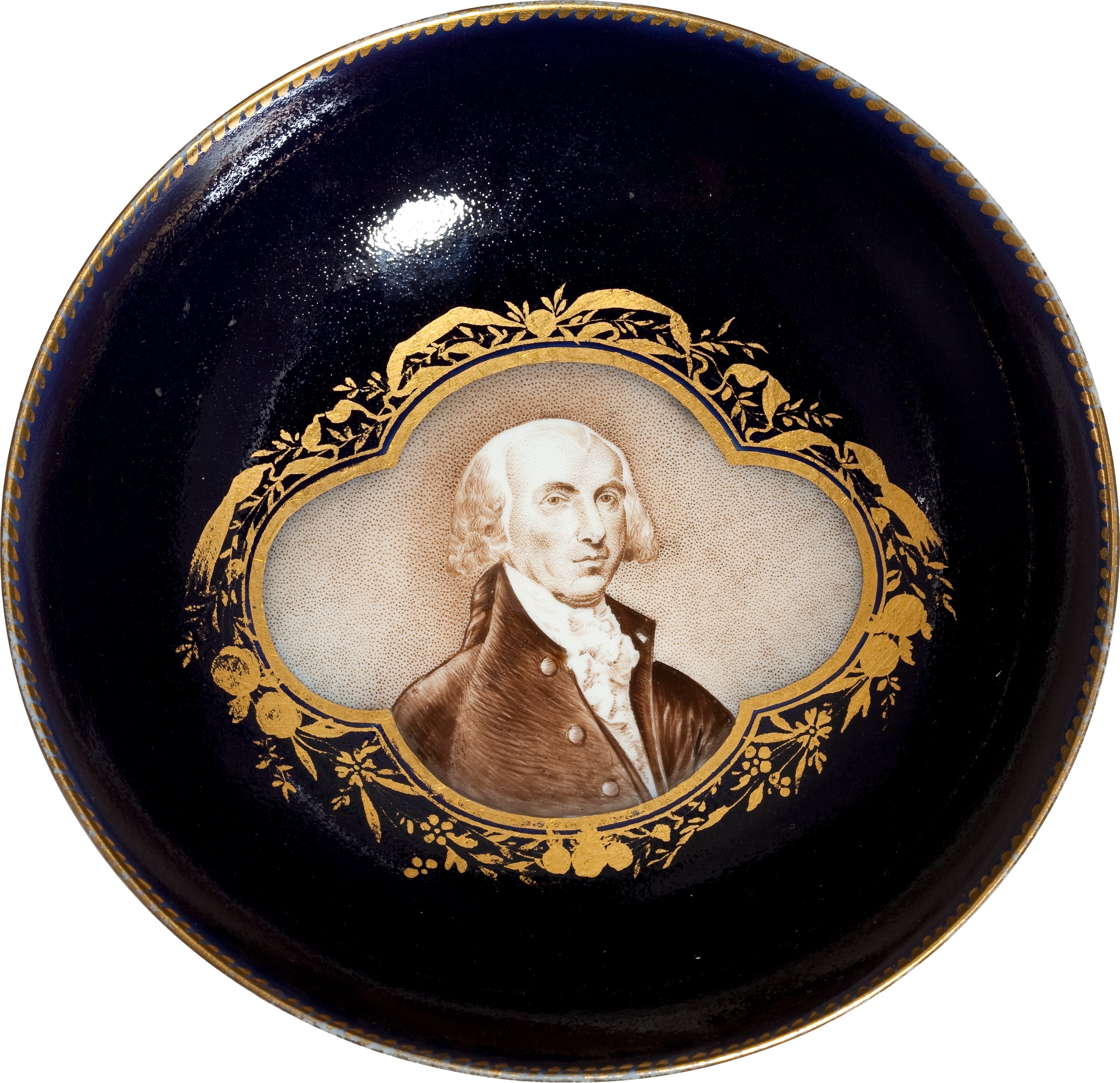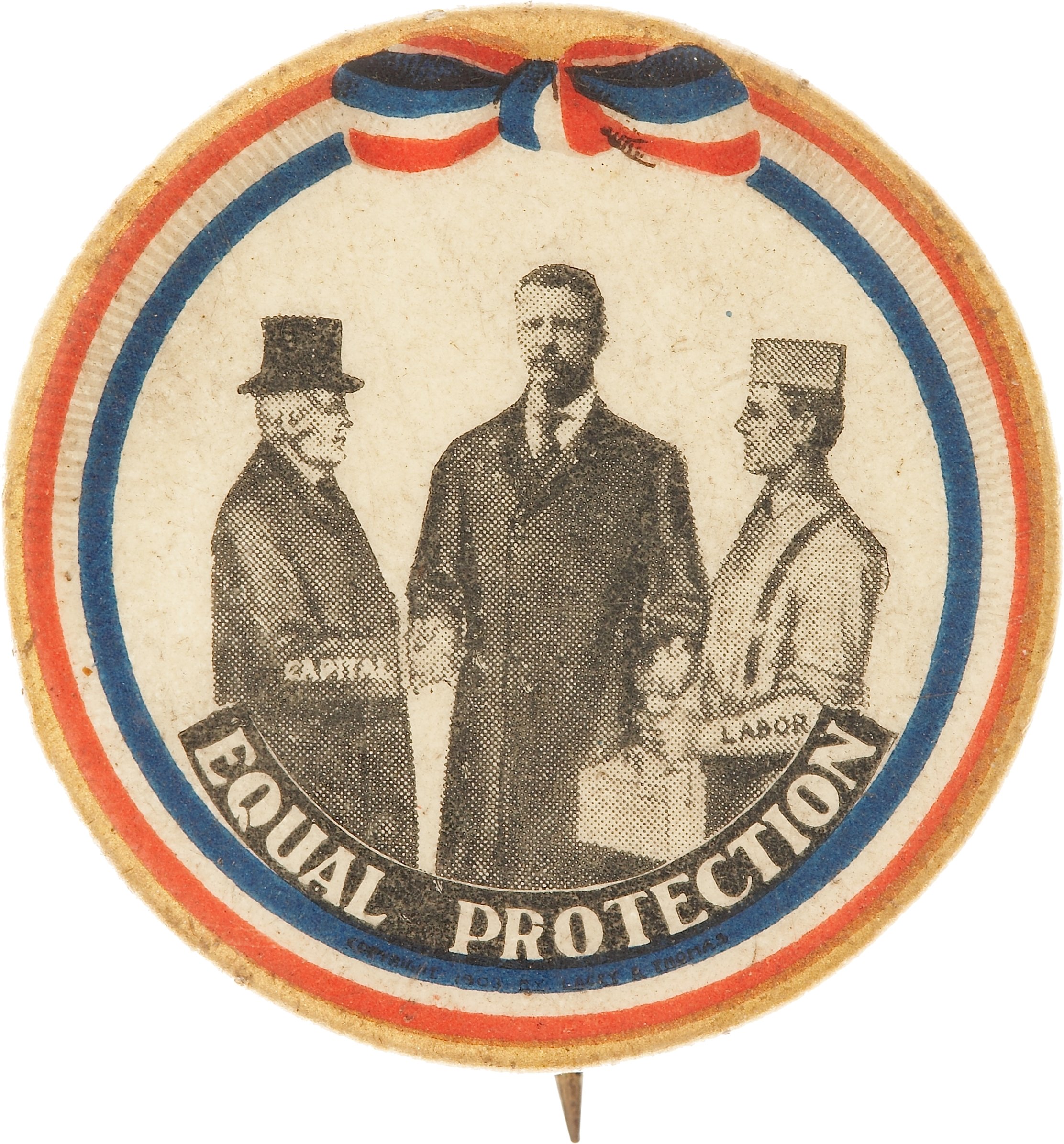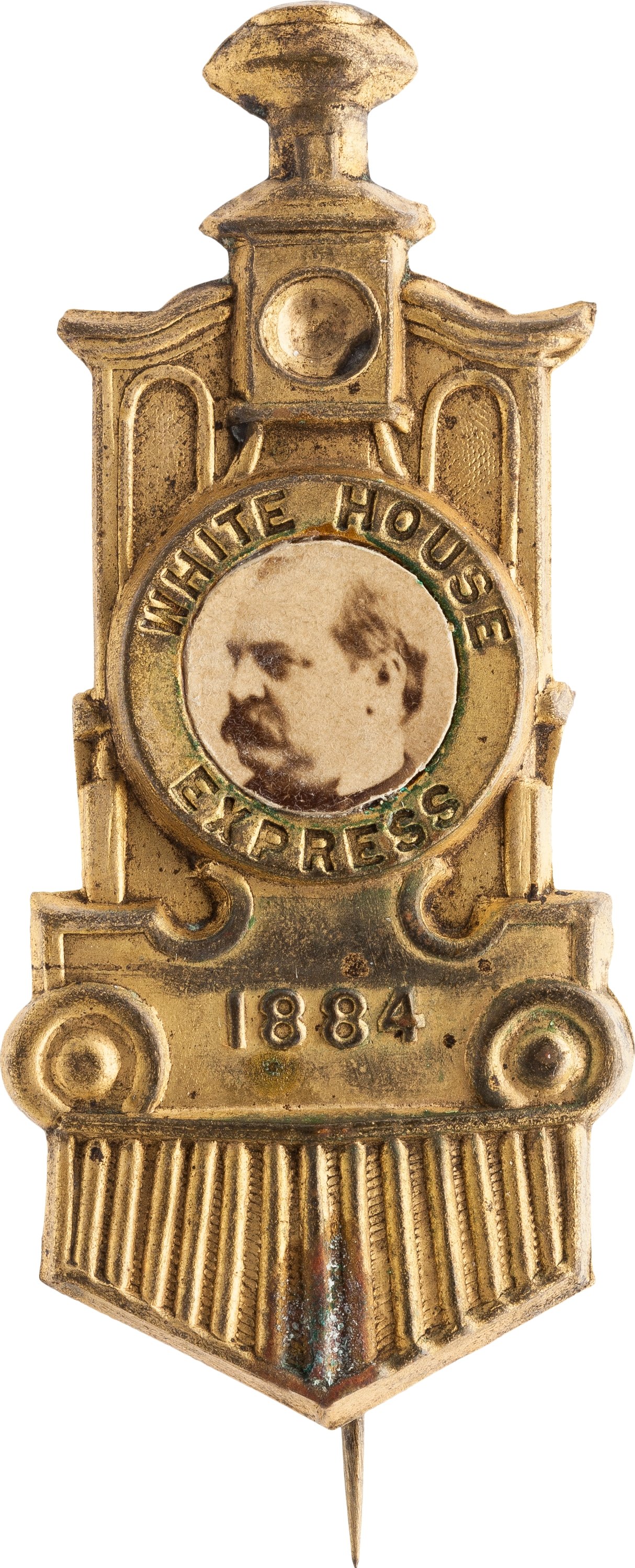
By Jim O’Neal
In 1980, Ronald Wilson Reagan became the oldest man (69) to be elected president. He extended his record in 1984 when he was reelected at age 73. For their last Christmas in the White House, the Reagans wanted to make a splash. The East Room was transformed into a snowy fairyland, with full-size trees and a gift-filled sleigh occupied by carolers and drawn by lifelike horses, all powdered with glittery “snow.” It was a vintage Hollywood image.
Thousands of visitors filed by and looked on in both delight and amazement at the dazzling scene. Nothing remotely like this had ever been seen in the White House. It was a playful farewell by two whose roots were as firmly planted in Hollywood as John F. Kennedy’s were in Boston or Lyndon B. Johnson’s on the banks of the Pedernales River.
On his final day in office, Jan. 20, 1989, President Reagan went to the Oval Office early and met with his Chief-of-Staff Ken Duberstein and General Colin Powell, the National Security Advisor. Both of them said reassuringly, “Mr. President, the world is quiet today.” After they left, Reagan also left the office, stopping at the door for one last look. George and Barbara Bush were arriving in the entrance hall below.
On the route from the Capitol to the White House, the incoming President George H.W. Bush and first lady took a cue from the Carters, leaving their car from time to time to walk along Pennsylvania Avenue to greet the crowds. They walked up the driveway on the same path all their predecessors had followed since James Monroe’s second term, 168 years before.
History linked the inauguration of George H.W. Bush and George Washington. It had been exactly 200 years since the first president began serving his first term.
President Bush had an extensive background that included two terms in Congress, ambassador to the United Nations, director of the CIA, liaison to China, and eight full years as vice president. He had easily defeated Michael Dukakis to win the presidency, but in the process famously declared “Read my lips. No new taxes!” – words that would haunt him.
Although favored for reelection in 1992, he got caught in a buzz saw when third-party candidate Ross Perot siphoned off nearly 19 percent of the popular vote and a young governor from Arkansas won with a plurality of 43 percent. William Jefferson Clinton and Al Gore Jr. became the youngest president and vice president in history.
George H.W. Bush became the 10th incumbent president to lose in a bid for reelection after becoming the first sitting vice president to be elected president since Martin Van Buren in 1836.
The strange world of presidential politics. We love it.
 Intelligent Collector blogger JIM O’NEAL is an avid collector and history buff. He is President and CEO of Frito-Lay International [retired] and earlier served as Chairman and CEO of PepsiCo Restaurants International [KFC Pizza Hut and Taco Bell].
Intelligent Collector blogger JIM O’NEAL is an avid collector and history buff. He is President and CEO of Frito-Lay International [retired] and earlier served as Chairman and CEO of PepsiCo Restaurants International [KFC Pizza Hut and Taco Bell].




